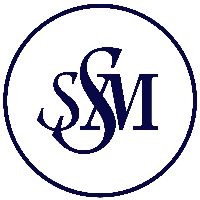
Steamship Mutual
Published: August 09, 2010
March 1997
In May 1996, after 12 years of discussion, the IMO succeeded in producing a convention governing liability for carriage of hazardous and noxious substances - the "1996 Hazardous and Noxious Substances (HNS) Convention".
The HNS Convention is very similar to the 1992 CLC and Fund Convention Protocols and provides a two tier system designed to respond to claims for damage caused by hazardous and noxious cargo.
Under the first tier, the shipowner, who will be required to carry certificates of insurance, will be strictly liable for such claims up to a defined limit based on the tonnage of the vessel, subject to an overall maximum of SDR 100,000,000 (U.S.$146,000,00). Limited defences, similar to those applicable under CLC, are available and the limit can only be broken if the incident was caused by the wilful intent or recklessness of the shipowner.
The second tier is in the form of 4 funds, financed by levies on 4 categories of HNS cargo (oil, LPG, LNG and all others) imported into signatory states. It will cover claims exceeding the level of compensation available in the first tier up to an overall maximum of SDR 250,000,000 (U.S.$365,000,000).
There is no definite, free-standing list of cargoes which will fall within the term "hazardous and noxious substance" but the Convention is intended to cover all dangerous goods not dealt with by other international conventions, apart from coal, fishmeal and nuclear substances, which have been specifically excluded. The HNS convention will not apply to bunkers.
Before the HNS convention comes into force, it requires signatories from 12 states which have imported more than 40,000,000mt. of HNS cargoes in the previous year, at least 4 of which each flag not less than 2,000,000 GT. It is thus unlikely that the Convention will enter into force for 8-10 years.


